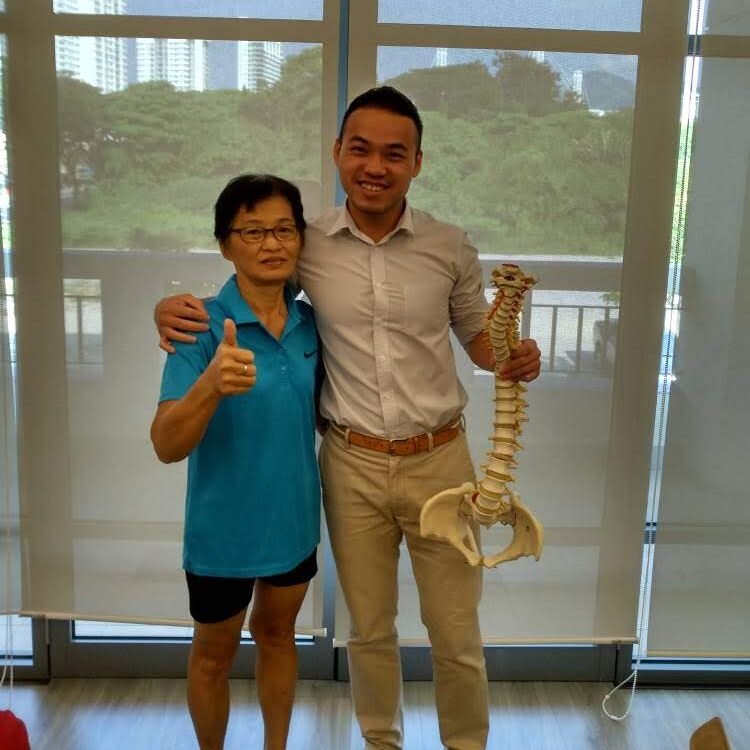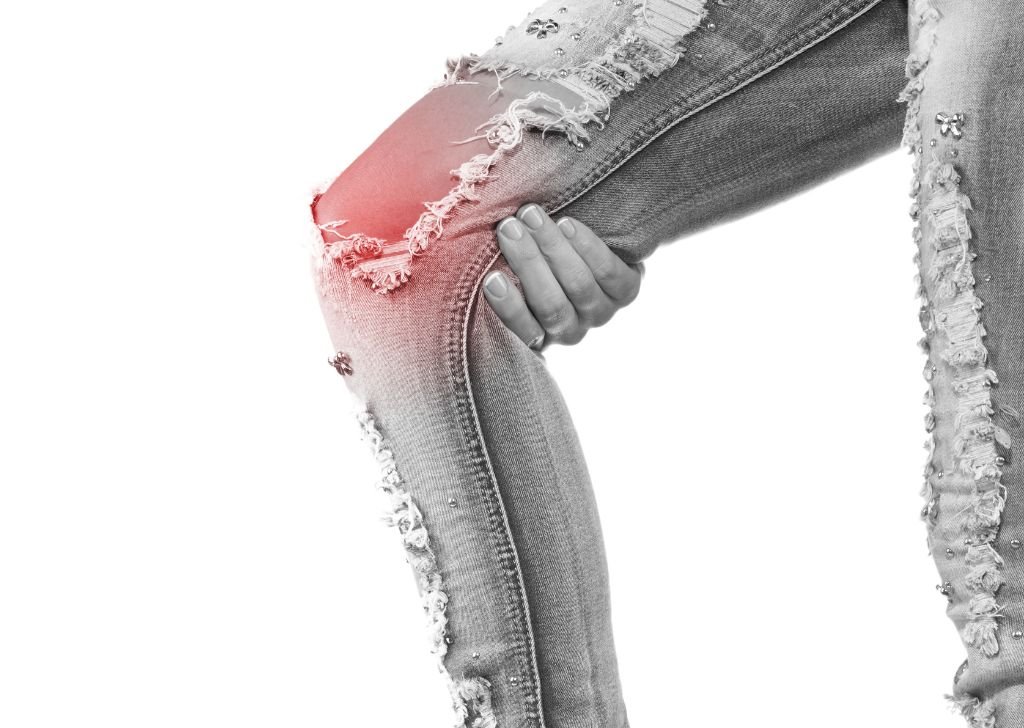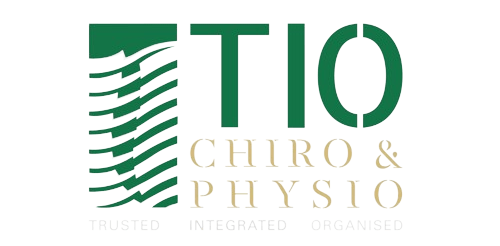
If you’ve ever typed “physio vs chiro” or “best chiropractor in PJ” into Google, you’re not alone. Back pain, stiff necks, sports injuries are common issues for residents of Petaling Jaya. But figuring out whether you need physiotherapy or chiropractic care can feel confusing. Both can help, but in different ways.
At TIO Chiro & Physio we see this question every day. Some people come in thinking they only need a chiropractor. Others assume physiotherapy alone will solve their issue. The truth? It depends on your body, your condition, and your goals.
Physio vs Chiro — The Fast Answer
 Physiotherapy focuses on restoring movement, strength, and function through exercises, manual therapy, and rehab techniques. It’s ideal for injury recovery, chronic pain, and post-surgery rehab.
Physiotherapy focuses on restoring movement, strength, and function through exercises, manual therapy, and rehab techniques. It’s ideal for injury recovery, chronic pain, and post-surgery rehab.
Chiropractic care targets the spine, joints, and nervous system through hands-on adjustments. It’s great for relieving tension, improving alignment, and enhancing overall spinal health.
Sometimes, one works best. Sometimes, a blend of both gives you faster, longer-lasting results.
What Is Physiotherapy?
 Physiotherapy is a science-backed treatment focused on restoring movement, function, and strength in your body. Whether you’re recovering from surgery, managing chronic pain, or dealing with a sports injury, physiotherapy works by combining movement, manual therapy, and exercise to promote long-term healing.
Physiotherapy is a science-backed treatment focused on restoring movement, function, and strength in your body. Whether you’re recovering from surgery, managing chronic pain, or dealing with a sports injury, physiotherapy works by combining movement, manual therapy, and exercise to promote long-term healing.
In Malaysia, physiotherapists are trained professionals who often work alongside orthopaedic doctors, neurologists, and sports specialists. They’re especially effective in treating issues like muscle imbalances, postural dysfunction, mobility limitations, and neurological conditions such as stroke or Parkinson’s disease.
Rather than just treating pain at the surface, physio goes deep by identifying root causes, retraining movement patterns, and building up the body’s resilience over time. It’s a progressive, hands-on approach that’s highly personalised to each patient.
What Is Chiropractic Care?
 Chiropractic care focuses on the relationship between your spine, nervous system, and overall health. Chiropractors use manual adjustments and other hands-on techniques to improve spinal alignment, relieve tension, and restore proper nerve function. This can have a ripple effect in easing pain, improving posture, and boosting mobility.
Chiropractic care focuses on the relationship between your spine, nervous system, and overall health. Chiropractors use manual adjustments and other hands-on techniques to improve spinal alignment, relieve tension, and restore proper nerve function. This can have a ripple effect in easing pain, improving posture, and boosting mobility.
Unlike physiotherapy, which focuses on building strength and retraining movement patterns, chiropractic care targets the structural aspects of the body. Think of it as fine-tuning your spine and joints so the rest of your system works at its best.
In Malaysia, chiropractors are trained in accredited programs to ensure safety and effectiveness. Modern approaches at reputable clinics use gentle, non-invasive adjustments that are suitable for all ages, from office workers dealing with back strain to athletes with recurring tension issues.
Chiropractic care is especially effective for conditions like lower back pain, neck stiffness, sciatica, tension headaches, and posture-related problems. For many people, it’s a quick way to relieve stress on the spine while improving long-term spinal health.
Key Differences Between Physiotherapy and Chiropractic Care
At first glance, physiotherapy and chiropractic care might seem similar; both deal with physical pain, posture, and movement. But under the surface, their methods, philosophies, and goals are actually quite different.
Physiotherapy Is Movement-Based
 Physiotherapists use scientifically proven exercises, stretches, and manual techniques to restore function and strength. If you’ve been injured, are recovering from surgery, or dealing with conditions like arthritis or chronic joint stiffness, physio helps retrain your body to move better, safely and progressively.
Physiotherapists use scientifically proven exercises, stretches, and manual techniques to restore function and strength. If you’ve been injured, are recovering from surgery, or dealing with conditions like arthritis or chronic joint stiffness, physio helps retrain your body to move better, safely and progressively.
Treatments often involve muscle strengthening, mobility drills, dry needling, ultrasound, or posture correction programs from sport injuries. It’s common in post-op recovery, sports injury rehab, and long-term pain management.
Chiropractic Focuses on Alignment
 Chiropractors, on the other hand, are all about alignment, particularly of the spine and nervous system. Their adjustments aim to fix joint restrictions and improve nerve function. A misaligned spine doesn’t just cause localised back pain – it can irritate surrounding nerves and lead to issues like numbness, muscle weakness, and radiating discomfort in the limbs.
Chiropractors, on the other hand, are all about alignment, particularly of the spine and nervous system. Their adjustments aim to fix joint restrictions and improve nerve function. A misaligned spine doesn’t just cause localised back pain – it can irritate surrounding nerves and lead to issues like numbness, muscle weakness, and radiating discomfort in the limbs.
According to Krieg Chiropractic, these neurological symptoms often occur when spinal misalignments place excess pressure on nerve roots, disrupting normal nerve function throughout the body.
Chiropractic is often chosen for fast relief, especially for conditions like tech neck, slipped discs, or scoliosis-related discomfort. But it’s not just about the “crack”, many chiropractors now use gentler techniques, especially for seniors, children, or patients with chronic conditions.
Treatment Settings and Progression
Physiotherapy usually takes place over multiple sessions with a focus on progression, while chiropractic care can sometimes offer quicker symptom relief with fewer sessions upfront, though ongoing adjustments may be recommended.
What Conditions Do They Treat Best?
Chiropractic and physiotherapy can both address pain and mobility issues but they each shine in different areas. Knowing which suits your situation can save you time, money, and frustration.
Chiropractic Care: Fast Relief for Alignment and Nerve Issues
 If you’re experiencing nerve-related symptoms like tingling, numbness, or radiating pain (think sciatica), a chiropractor might be your first step. They’re also highly effective for:
If you’re experiencing nerve-related symptoms like tingling, numbness, or radiating pain (think sciatica), a chiropractor might be your first step. They’re also highly effective for:
- Spinal misalignments
- Slipped discs or herniated discs
- Tech neck and poor posture from long screen hours
- Tension headaches and migraines caused by spinal compression
- Joint restrictions (especially in the spine, hips, or shoulders)
At our chiropractic clinic in Petaling Jaya, we often see patients who’ve tried medication or rest without improvement and walk away after a few sessions with more mobility and less pain.
Physiotherapy: Targeted Recovery and Movement Re-Training
 Physiotherapy is best suited for regaining function after injury, surgery, or long-term pain. Whether you’re dealing with a frozen shoulder, torn ligament, or recovering from a stroke, physiotherapy uses structured exercise, manual therapy, and other techniques to rebuild strength and stability.
Physiotherapy is best suited for regaining function after injury, surgery, or long-term pain. Whether you’re dealing with a frozen shoulder, torn ligament, or recovering from a stroke, physiotherapy uses structured exercise, manual therapy, and other techniques to rebuild strength and stability.
Some of the most common conditions we treat include:
- Post-surgical rehabilitation
- Chronic neck or back pain from poor posture or long sitting (slipped disc)
- Age-related stiffness or arthritis
- Muscle imbalances and mobility restrictions
- Sports injuries like ACL tears or rotator cuff issues
It’s also a proven approach to managing chronic pain without relying on painkillers or surgery.
Which Is Better – and When?
Let’s be real, there’s no one-size-fits-all answer. The “better” option between physio vs chiro depends entirely on your body, your pain, and your recovery goals. But here’s a general rule of thumb to help guide your decision.
Choose Chiropractic If You Need Fast Relief and Alignment
If you’re dealing with:
- Sudden lower back pain
- Neck stiffness after a long day of remote work
- Shooting nerve pain down your arms or legs
- Pain that worsens with certain positions or movements
…then chiropractic adjustments may offer immediate relief. Chiropractors are trained to identify spinal misalignments that affect nerve flow and overall function. The treatment is often hands-on, with a focus on improving joint mobility and nervous system performance.
Choose Physiotherapy If You Need Long-Term Recovery and Strengthening
If your pain is tied to an old injury, post-surgery rehab, or poor movement patterns, physiotherapy is your best friend. It focuses on fixing the root cause of dysfunction through:
- Mobility exercises
- Strength training
- Manual therapy
- Soft tissue release
It’s also backed by strong evidence for treating chronic musculoskeletal pain and improving quality of life over time.
Sometimes, You Need Both Chiropractic and Physiotherapy
Integrated care often gives the best results. At TIO Chiro & Physio, we frequently combine the precision of chiropractic adjustments with the strength-building benefits of physiotherapy. It’s not either-or, it’s about building a treatment plan that helps you feel and move better, faster.

Why Should You Choose TIO Chiro & Physio?
As a trusted physiotherapy clinic in Petaling Jaya, TIO Chiro & Physio is committed to holistic care that prioritizes patient comfort and long-term wellness. Here’s why patients choose us:
Expert Practitioners
Our team has extensive experience in chiropractic and physiotherapy, ensuring safe and effective treatments.
Customized Care Plans
We understand that each patient is unique. Our percussive therapy sessions are designed to meet your specific needs.
Convenient Location
Situated in Petaling Jaya, we are easily accessible for locals, professionals, and families.
Holistic Philosophy
Beyond pain relief, we focus on improving your overall health and quality of life.
Best Physiotherapy in Petaling Jaya
Frequently Asked Questions (FAQs)
It depends on the source of the pain. If your back pain is due to spinal misalignment, posture issues, or nerve impingement, chiropractic care may offer quick relief through adjustments. On the other hand, if your back pain stems from muscle weakness, strain, or post-surgical recovery, physiotherapy may be more effective in the long run with exercises and rehabilitation techniques. For many people, a combined approach offers the best results.
In Malaysia, physiotherapists are licensed allied health professionals, but not medical doctors. However, they undergo years of training in anatomy, biomechanics, and rehabilitation. A physiotherapist can assess, diagnose, and treat many physical conditions related to pain, injury, and movement.
Yes – especially if your condition involves both joint dysfunction and muscular imbalance. Chiropractors can correct spinal or joint misalignments while physiotherapists work on strengthening surrounding muscles and improving mobility. At TIO Chiro & Physio we offer integrated care plans so you don’t have to choose one over the other.
Frequency depends on your condition. For acute pain, you may need 1–2 sessions per week. As symptoms improve, maintenance visits may occur monthly or even less. A chiropractor will assess your progress and adjust your care plan accordingly.
You should avoid chiropractic adjustments if you have severe osteoporosis, spinal fractures, certain types of inflammatory arthritis, or cancer in the spine. Always consult a healthcare provider before starting chiropractic care if you have any of these conditions.
Physiotherapist Near Me in PJ
Still Guessing What Your Body Needs? Let’s Help You Figure It Out.
Not sure if chiropractic or physiotherapy is the right path for you? At TIO Chiro & Physio we believe in personalised care built around your needs, not just one-size-fits-all treatment. Whether you’re managing chronic pain, recovering from an injury, or simply looking to move and feel better, our integrated team can guide you through the right plan or blend both approaches if needed. Book a consultation today and take the first step toward real, lasting relief.




